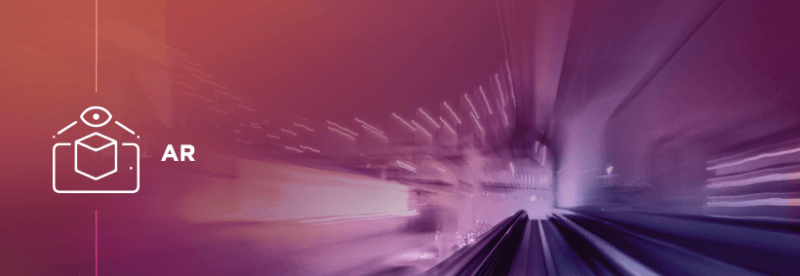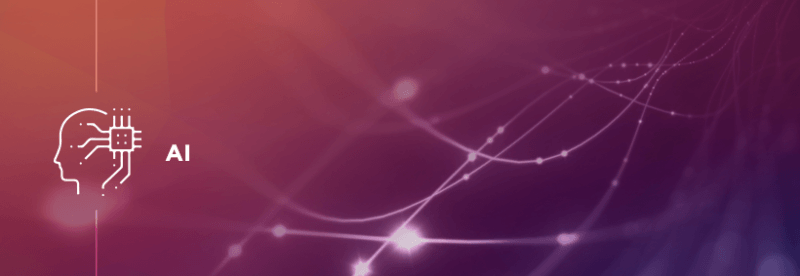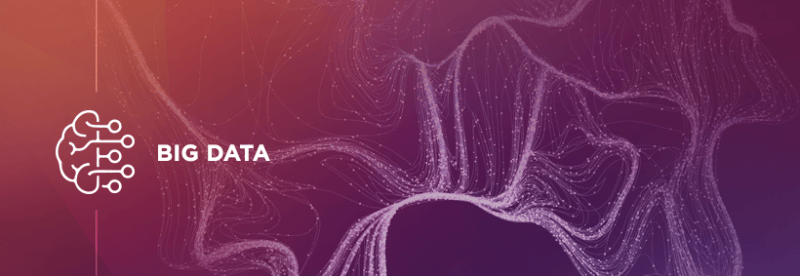5 Emerging Technology Trends Influencing Learning And Development
Patterns Influencing Learning And Development: What’s Emerging In The Field?
Like never before previously, students are besieged with diversions and have simple access to endless measures of data. By what means can Learning and Development (L&D) contend with web based life, telephone applications and, well, the entire web? The key, really, isn’t to contend yet to adjust and exploit rising innovation patterns impacting Learning and Development, or else the L&D field.
“Customarily, you would have Instructor-Led Training (ILT) or virtual Instructor-Led Training (vILT) and the standard work area eLearning background,” says Justin Mitchell, a Creative Engineer at SweetRush. “Presently, we’re moving toward another medium. We have the likelihood to consolidate learning arrangements and make something that use the moving scene of Learning and Development.”
How about we investigate the absolute most vital, and powerful, developing innovation patterns and perceive how they could—on the off chance that they’re not as of now—affect the manner in which we configuration learning and preparing.

1. Virtual Reality
You’ve heard the buzz. You’ve seen individuals utilizing the headsets. You need to attempt it, however do you really know what Virtual Reality (VR) is and how it can best be connected to L&D?
VR is a standout amongst the most predominant rising innovation slants in L&D to date, to a limited extent in light of the fact that the right now accessible innovation has hit a kind of minimum amount that at long last takes into account access at financially savvy costs—and all the more so constantly. Truth be told, in 2016, Goldman Sachs anticipated that individuals will spend more on VR than TV by 2025, and the innovation will produce somewhere in the range of $80 and $110 billion.
By the by, what truly influences VR to emerge as a one of a kind learning apparatus for the working environment are inundation and nearness. In an article by Karl Kapp, specialists Chris Wilson and Alessandro Soranzo characterize these ideas as takes after: “Immersion…describes the level of detail with which a virtual domain can be rendered, while nearness portrays the client’s mental reaction to the said condition.” [1]
Consolidating inundation and nearness takes into account students to encounter the sentiment of being in and encountering a carefully reproduced condition, which thusly prompts larger amounts of commitment and maintenance. VR enables clients to encounter what it resembles to accomplish something direct, something no other medium can do.
There are different key uses for VR in learning. “VR transports students to an alternate world, and it enables individuals to accomplish something that may be hazardous, excessively costly, or excessively troublesome, making it impossible, making it impossible to rehash, all things considered,” Mitchell clarifies.
Trust the promotion. The days when VR was viewed as something out of a science fiction motion picture are a distant memory.

2. Augmented Reality
On July 6, 2016, the world went insane over a portable diversion, Pokemon GO, that enabled players to investigate their genuine world and experience PC created Pokemons that they could catch with their telephones. That was the primary standard utilization of Augmented Reality (AR) that grabbed our eye.
AR overlays an advanced picture on a certifiable domain; the outcome is a composite view.
There are a couple of key contrasts amongst VR and AR, as specified by Charles McLellan, manager at ZDNet: “In spite of the fact that VR opens up conceivably boundless virtual universes, it’s a spatially confined ordeal to the extent the client is concerned. You won’t stray a long way from an intense PC when utilizing a bleeding edge immersive VR framework… By differentiate, AR, nearly by definition, necessitates that client have the capacity to move around generally uninhibitedly in reality.” [2]
AR can upgrade conventional learning by offering a 3D perspective of articles, which takes into consideration better appreciation. Envision med understudies taking a gander at a 3D model of a heart, with the opportunity to open it up and see what the genuine article would resemble. AR isn’t just about influencing the figuring out how to process additionally intriguing and fun; it’s on a very basic level about expanding appreciation through the representation of articles that would be hard to duplicate, all things considered.
An article by the Harvard Business Review [3] uncovered that AR can “support laborers’ profitability on a variety of undertakings the first run through it’s utilized, even without earlier preparing.” The article centers around the utilization of AR brilliant glasses in assembling and reports that by overlaying work helps like recordings, designs or content onto objects, AR glasses can, for example, enable specialists to see repair guidelines while they are repairing a protest.
“AR raises existing data. It gives us a chance to take something that may be stale and dry, and breath life into it,” includes Mitchell. “It’s the contrast between taking a gander at a statue in a reading material and taking a gander at it directly before you, valuing every one of the subtle elements, and understanding what it would look like, all things considered.”

3. Artificial Intelligence
Despite the fact that the idea of Artificial Intelligence (AI) may sound somewhat startling, truly AI is now around us. Amazon’s Alexa, Apple’s Siri, and even the Google web index depend on AI by gaining from clients.
“AI is an extraordinary hotspot for in the nick of time data,” says Mary Gannon, Ph.D., Senior Learning Strategist at SweetRush. “A major piece of L&D isn’t simply formal learning. It is additionally what occurs at work. That is when AI comes in through web seeks and other execution emotionally supportive networks that can enable individuals to realize what they require in the nick of time.”
Mitchell includes that “something ailing in L&D is more astute learning ways. With AI, we can gain from the client; we can comprehend what they’re great at, what they battle with. This enables us to demonstrate them just data that is applicable to them, customized.”

4. big Data
Huge information is an idea used to depict huge volumes of information that can be broke down so as to mine bits of knowledge that prompt better choices.
As far as taking in, an article by Christopher Pappas says that “Huge Data (…) is the information that is made by students while they are taking an eLearning course or preparing module.” Its principle bid originates from what this data can be utilized for. Custom following frameworks utilizing Experience API (xAPI) can help gather information about learning encounters and manufacture more adaptable arrangements.
Gannon says that Big Data can be utilized to see how the student is gaining data and at what pace; this enables Instructional Designers to make more customized learning ways.
Andrew Kubay, a Lead Engineer at SweetRush, concurs: “Information is a, ground-breaking apparatus for investigation that can help enhance eLearning in any organization.”
“Rather than just contriving preparing, moving it out and trusting it works—that is, a first-best-speculate what a student needs—utilize the preparation to assemble information on how individuals think, accept, and act, for instance in reproduced circumstances,” says John Cleave, PhD, an eLearning Technologist at SweetRush. “At that point utilize that information to drive additionally preparing choices.”
Podcasts5. Digital broadcasts
Astonished? We get it.
Generally, digital broadcasts haven’t been viewed as valuable in picking up: tuning in to somebody talk for a hour is very like an address, which isn’t normally the most captivating approach to learn. In any case, what’s turning the tide is that, as Gannon puts it, “digital recordings are extremely winding up more predominant on the planet as a rule, and the craftsmanship and information of how to make a drawing in web recording are developing.”
It’s valid. As indicated by Statista [4], digital broadcast utilization in the US has developed consistently up to 26% in the course of recent years. As web recordings turn out to be more prominent, Gannon trusts they will advance toward the L&D field. Digital recordings don’t should be especially long; done well, they can be a connecting with understanding.
Web recordings are not precisely a developing innovation, yet rather a rising utilization of an innovation that has been around for some time. “I believe we will see a greater amount of it, perhaps not as a major aspect of L&D as a result of lawful issues—for instance, should students get paid while they tune in to a digital recording? Be that as it may, I as of now observe it being utilized by students intrigued by their own particular profession development,” says Gannon. Besides, she says, “There are focal points for specific groups of onlookers. They can realize when they’re driving—or doing the dishes, so far as that is concerned.”
***
These are energizing days for the L&D field. The better we comprehend the rising innovation patterns flying up around us, the better learning and preparing encounters we’ll have the capacity to create. The future’s brilliant for students.



